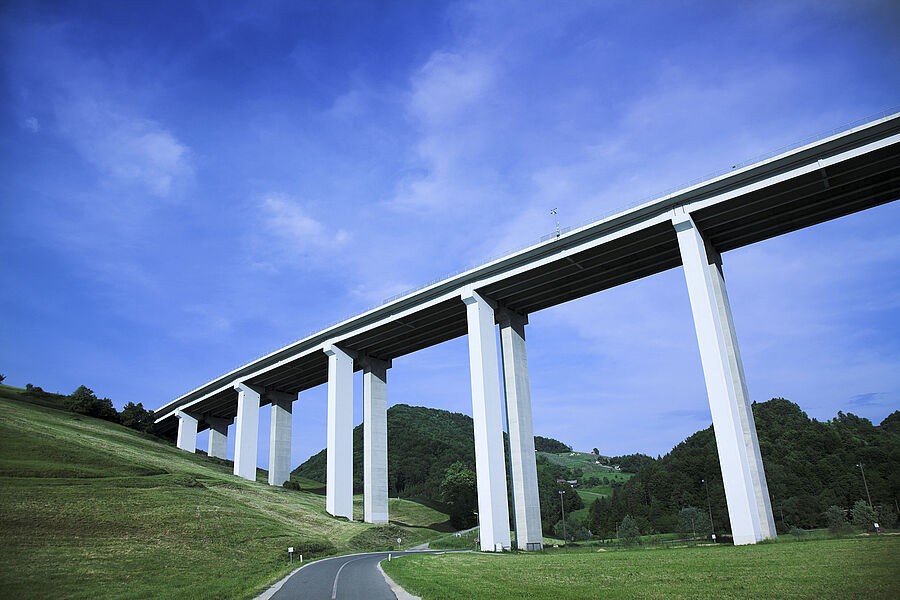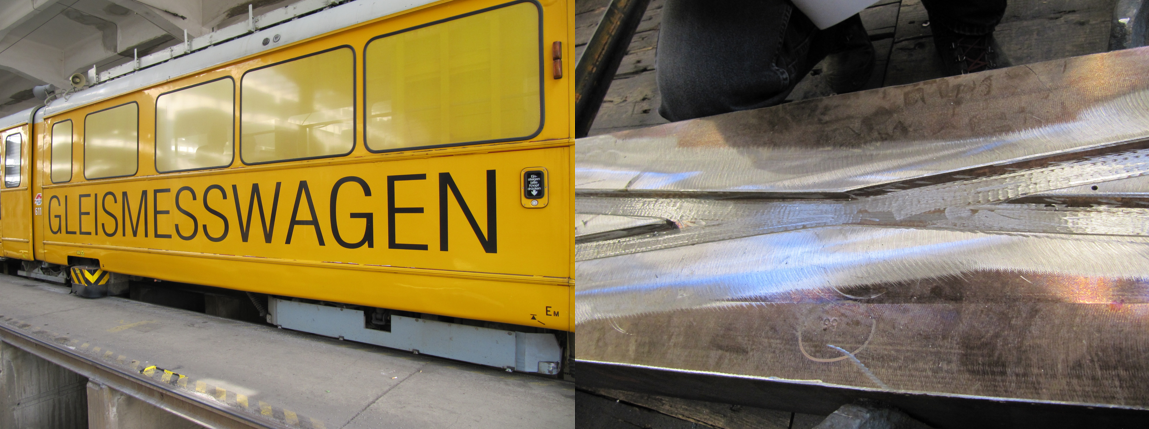Acoustic rail condition monitoring in the Vienna streetcar network
Over 900 million trips are made annually on Vienna’s public transport network, giving it a modal share of approx. 40 %. Roughly one third of all these journeys are made using trams. Nevertheless, rail-bound surface transport presents a significant source of noise, which can lead to the annoyance of neighbouring residents along Vienna’s 430 km of tram tracks due to direct sound immission or radiated structure-borne noise. Poorly maintained tracks, or irregularities in particular, cause tonal or impulsive emissions of sound and/or vibrations and thus lead to a greater number of complaints.
Currently, tram track geometry on Vienna’s network is monitored using a track inspection car. Based on the recently by AIT installed microphones, which are used to detect corrugation and curve squeal, the project ASSESS aims to expand the use of this acoustic monitoring system to detect the overall rail condition. Network monitoring could ultimately lead to improved noise mitigation and noise protection in urban areas, where different emission levels can be attributed to different track conditions (given adequate consideration of environmental influences such as temperature and humidity), at the same time allowing the effectiveness of maintenance measures such as rail grinding to be investigated. By expanding the capabilities of an already existing monitoring system and making use of the regular inspections carried out along the city’s entire network, this project will implement an extremely cost-effective means of adding noise control and prevention to the available inspection car without having to rely on an additional stand-alone system. In the long term, the data gained form these acoustic measurements can assist the prediction of aging processes and the development of track irregularities and thus allow the planning of pre-emptive measures to reduce sound and vibration emissions.
Another goal of ASSESS is to investigate hotspots with considerable emissions when driving over discontinuities. An algorithm to detect e.g. switches was developed, the use of which could potentially be broadened to encompass any form of track irregularity leading to impulse-like noise. In this context, the vibrations measured on the axles of the rail inspection car will also be examined and incorporated into the algorithm to improve the accuracy of detection. As track irregularities lead to increased dynamic loads between the wheels and the rails, these vibrations will be observable in the data of the accelerometers and also in immission measurements performed on foundations of nearby buildings.
Funded by the Federal Ministry for Climate Protection, Environment, Energy, Mobility, Innovation and Technology (BMK) and the Austrian Research Promotion Agency (FFG) as part of the "Mobility of the Future" 2015 program.




